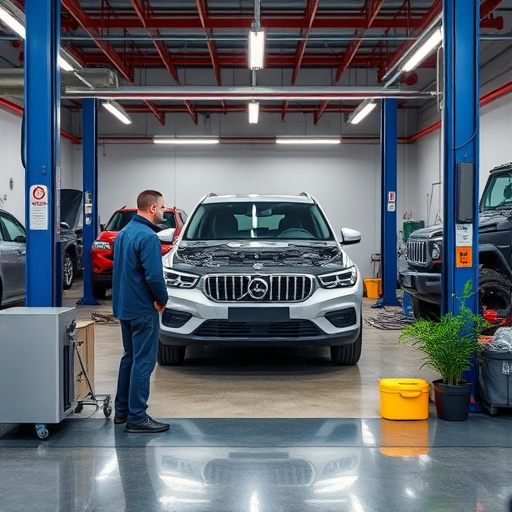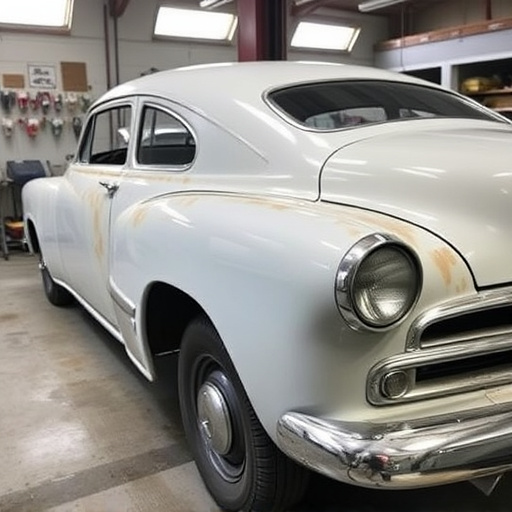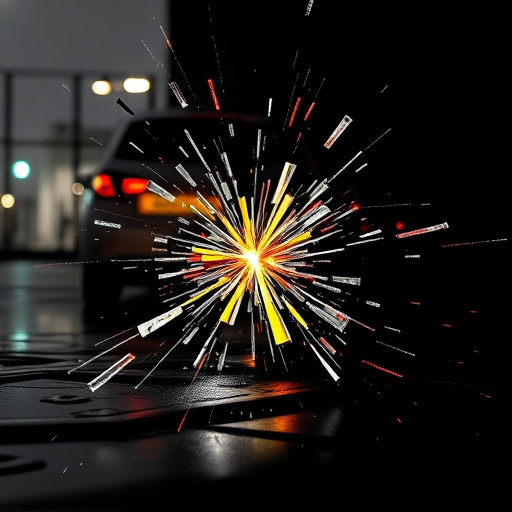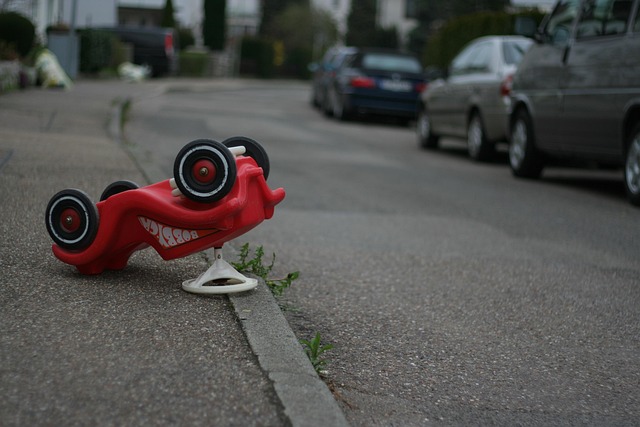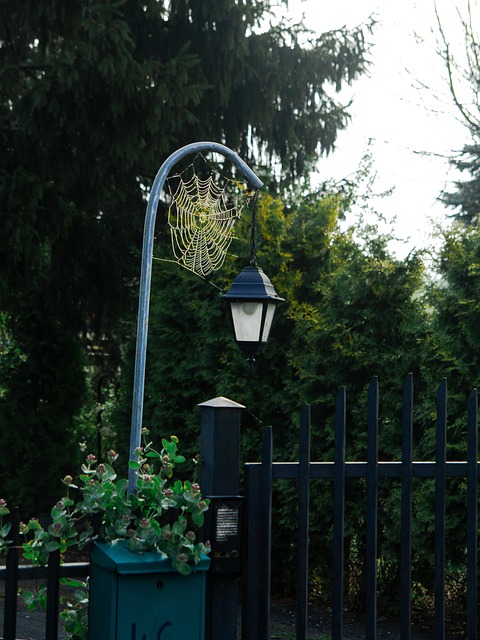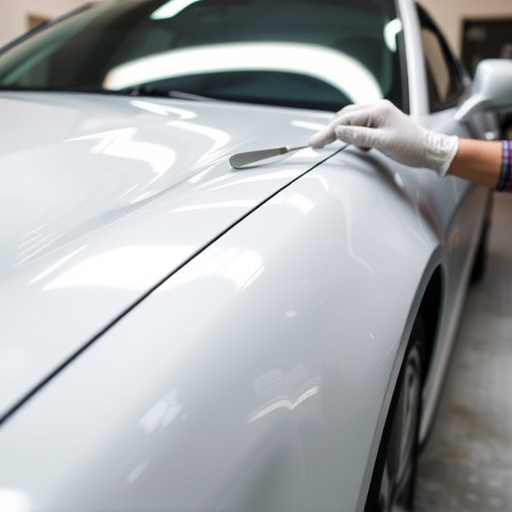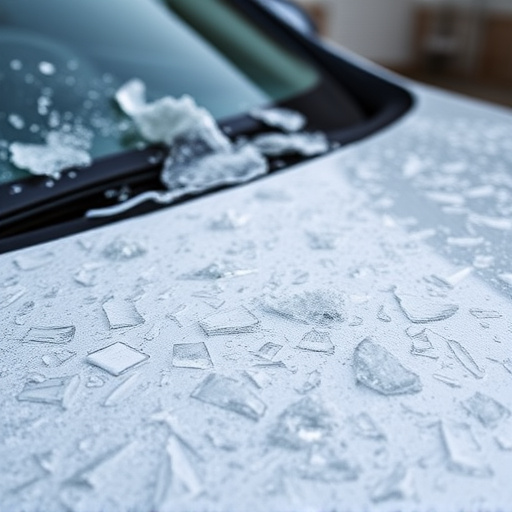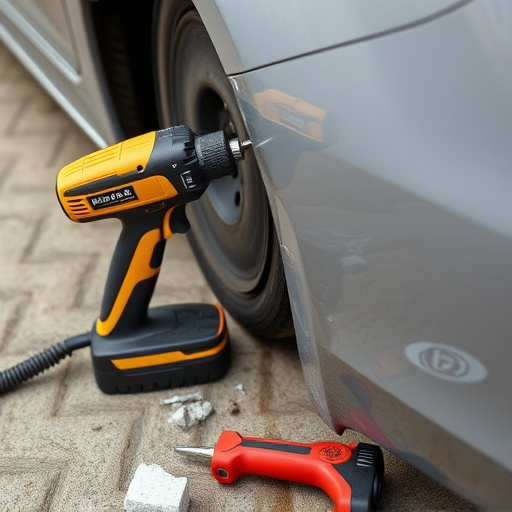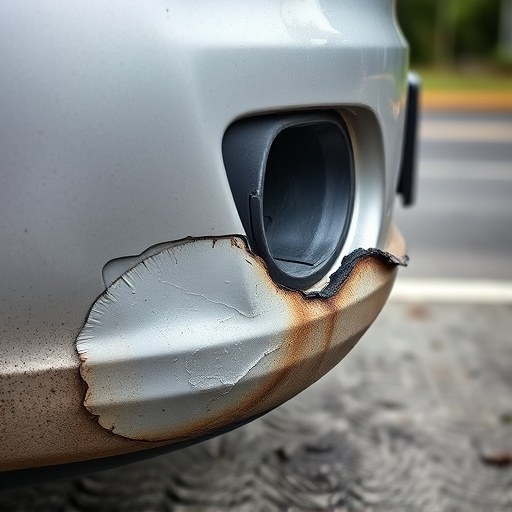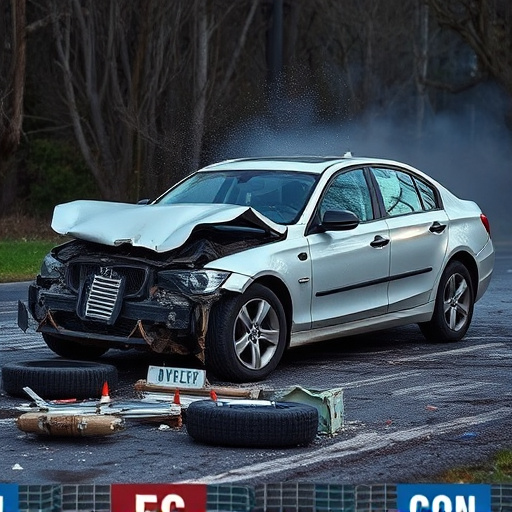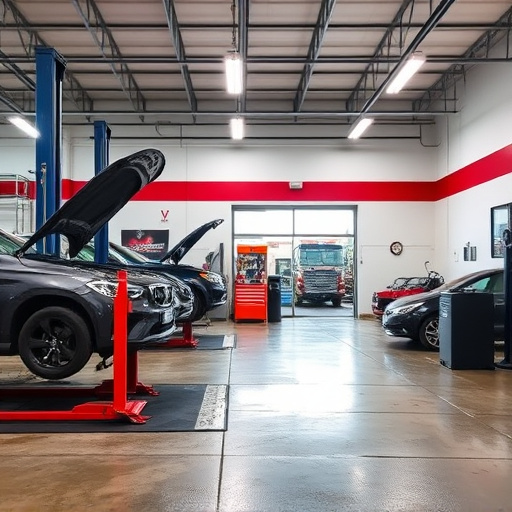Metal panel dent repair is a skilled process that restores damaged vehicle bodies to their original condition. It involves removing panels, separating and realigning damaged metal using specialized tools, filling gaps with putty or composite materials, and ensuring structural integrity through advanced techniques like laser alignment. While DIY methods are possible for minor dents, complex dings may require professional collision centers. Tips include thorough cleaning, correct tool usage, gentle sanding, and patience to achieve precise, seamless repairs matching original specifications.
“Metal panel dent repair is a specialized process designed to restore damaged automotive panels to their original state. This article delves into the intricate details of metal dent repair, guiding you through each step from start to finish. We’ll explore the tools and materials commonly used, shedding light on how professionals approach even the most challenging dents. By understanding these key aspects, you’ll gain valuable insights for optimal repair outcomes.”
- Understanding Metal Panel Dent Repair: The Process Unveiled
- What Materials and Tools Are Used in the Repair?
- Common Challenges and Tips for Optimal Results
Understanding Metal Panel Dent Repair: The Process Unveiled
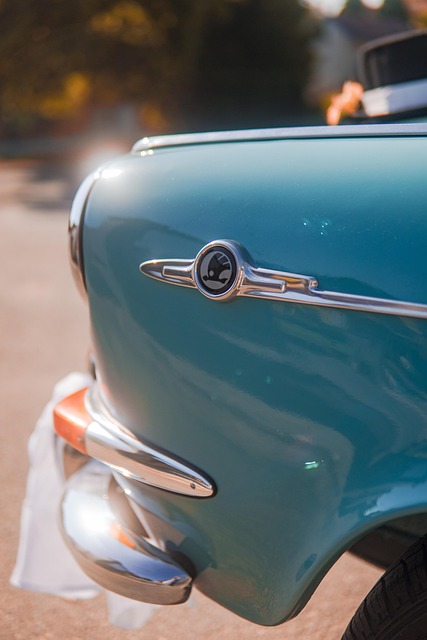
Metal panel dent repair is a precise and skilled process that restores damaged vehicle bodies to their original condition. It involves accessing the affected area, often hidden beneath trim or panels, to accurately assess the extent of the damage. Technicians then use specialized tools and techniques tailored to various dent sizes and shapes.
The procedure begins with the removal of any covering panels or trims to gain full visibility of the dent. Next, a skilled technician will carefully separate the damaged panel from the vehicle’s body, taking care not to cause further harm. With the dent exposed, the repair process can begin. This may involve using pneumatic tools to gently push or pull the metal back into place, or it might necessitate more advanced techniques like heat application or cold working for severe cases. Once the metal is correctly aligned, the panel is secured, and any gaps are filled and smoothed, ensuring a seamless finish that matches the vehicle’s original specifications. This meticulous process results in an invisible repair, effectively repairing the damage and preserving the vehicle’s aesthetics, much like a fender repair or collision repair would.
What Materials and Tools Are Used in the Repair?

In a metal panel dent repair, a variety of materials and tools are employed to ensure effective restoration. The process typically involves using specialized tools like hammering instruments, putty knives, sanders, and power drills. These tools help in manipulating and shaping the damaged metal panel back to its original form. For filling and smoothing out dents, a mix of putty or composite materials is commonly utilized. These compounds are designed to match the color and texture of the vehicle’s metal, ensuring a seamless repair that’s almost invisible to the naked eye.
Additionally, auto repair shops may employ advanced techniques like laser alignment and computer-aided measurements to accurately assess and correct the dented area. This precision is crucial in achieving not just visual but also structural integrity during the vehicle collision repair or vehicle body repair process. The goal is to restore the metal panel to its pre-damage condition, enhancing both the car’s aesthetics and safety.
Common Challenges and Tips for Optimal Results

Metal panel dent repair is an art that requires precision and expertise. Common challenges include matching the original finish perfectly, ensuring structural integrity, and avoiding further damage during the process. The first step is to assess the extent of the dent and decide if it’s suitable for DIY repair or needs professional attention. Using the right tools and techniques is crucial; improper methods can lead to unsightly results or even compromise the car’s safety.
For optimal results, consider visiting a reputable collision center specializing in metal panel dent repair. They have the necessary equipment and skilled technicians to handle complex cases. Tips for success include cleaning the affected area thoroughly before repairing, using putty knives and filling materials specifically designed for metal, and sanding gently to achieve a smooth finish. Remember, patience is key; rushing can result in mistakes that will require more extensive car body repair down the line.
Metal panel dent repair is a precise and effective solution for restoring your vehicle’s exterior. By understanding the process, familiarizing yourself with the tools and materials involved, and addressing common challenges, you can expect excellent results. This tailored repair method not only enhances the aesthetic appeal of your car but also preserves its value. With the right approach, metal panel dent repair can be a game-changer in getting your vehicle back to looking like new.
